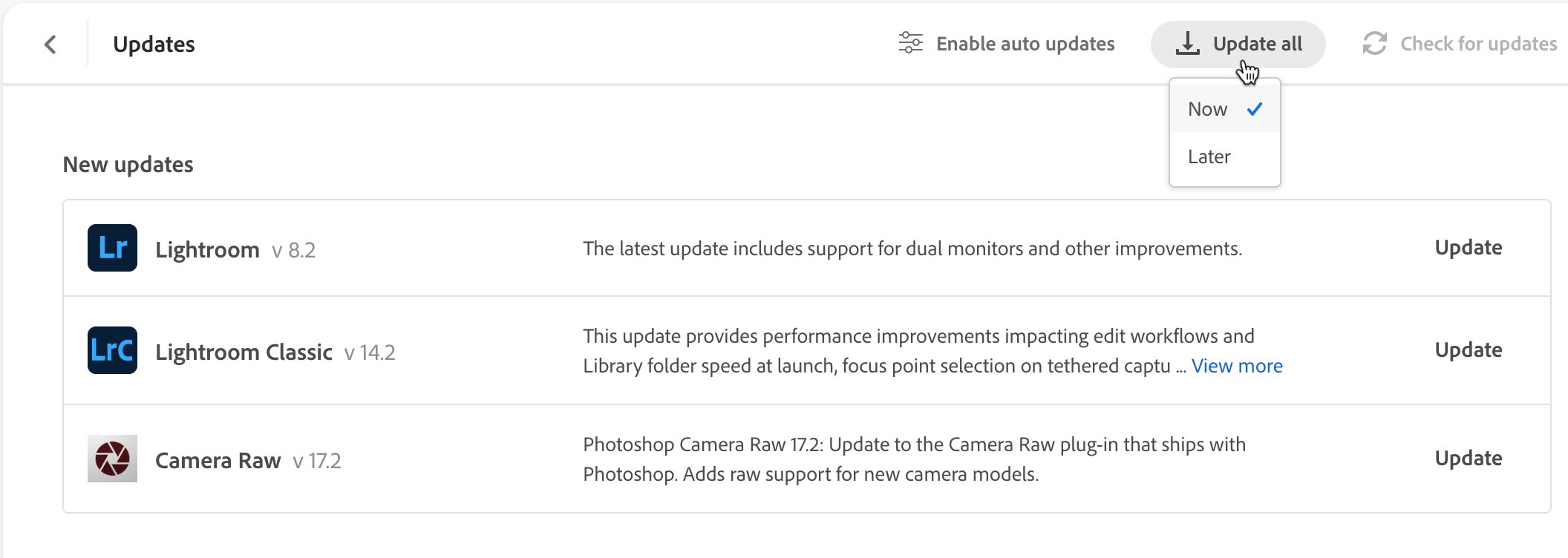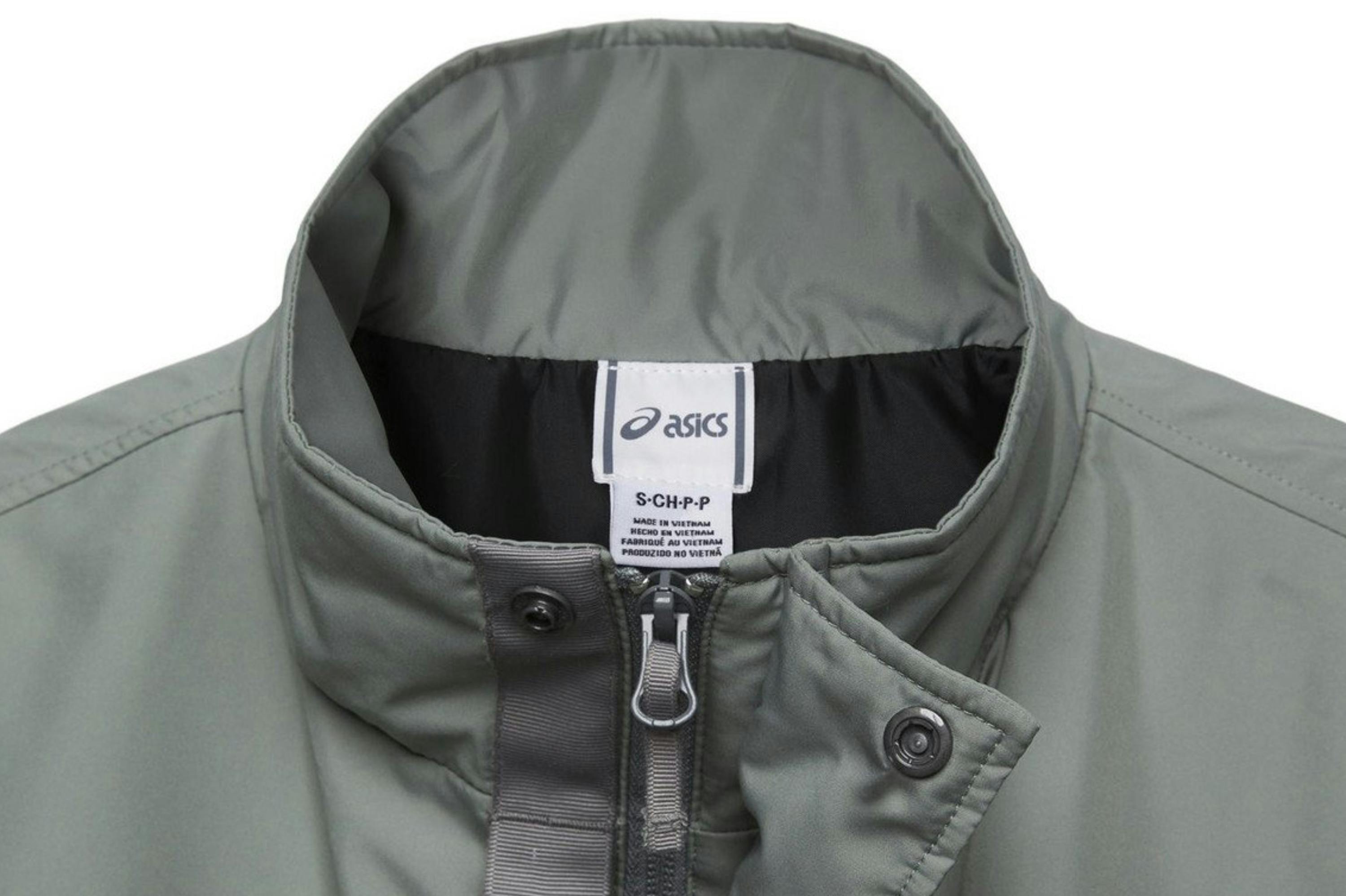Capital One vs. Chase: Which bank has better credit cards?
Editor’s note: This is a recurring post, regularly updated with new information and offers. In the travel credit card world, the options can be overwhelming. You can earn cash back, points, miles or even luxury perks such as airport lounge access or a fast track to elite status. Plus, each card you open can affect …

Editor’s note: This is a recurring post, regularly updated with new information and offers.
In the travel credit card world, the options can be overwhelming. You can earn cash back, points, miles or even luxury perks such as airport lounge access or a fast track to elite status. Plus, each card you open can affect which cards and bonuses you’re eligible for in the future. So, you want to make sure that the card you apply for is the right one for you.
Two of the best options are Capital One and Chase cards. Both banks issue a variety of rewards credit cards.
Below, we’re digging into the details to determine which cards are the best in different categories.
Capital One vs. Chase card comparison
The information for the Capital One Spark Miles Select for Business has been collected independently by The Points Guy. The card details on this page have not been reviewed or provided by the card issuer.
Earning rewards with Chase vs. Capital One
All of the cards that earn Capital One miles earn 1.5 to 2 miles per dollar spent on every purchase. You’ll also get some specific bonus categories, like hotels, vacation rentals and rental cars booked through Capital One Travel.
With Chase, it depends on which card you have. For example, both the Sapphire Preferred and Sapphire Reserve earn bonus points on travel and dining. The Ink Business Preferred Credit Card, on the other hand, earns 3 points per dollar spent on the first $150,000 in combined purchases each account anniversary year in these categories:
- Travel
- Shipping
- Internet, cable and phone services
- Advertising purchases made with social media sites and search engines
All nonbonus purchases made with these Chase cards earn only 1 point per dollar. However, if you pair your premium card with the no-annual-fee Chase Freedom Unlimited or the Chase Freedom Flex, you can open up even more bonus categories.

Given how easy it is to earn unlimited double miles everywhere with the Capital One Venture Rewards and the Capital One Spark Miles, you’ll find it’s easier to earn Capital One miles unless you spend heavily in Chase’s bonus categories.
Both Capital One and Chase offer cash-back cards that cover a variety of bonus categories, such as dining and travel. Notably, the Freedom Flex and the Freedom Unlimited don’t earn bonus rewards at grocery stores, while the Capital One Savor does.
If you have the right card pairing, you can also turn your Capital One cash-back rewards into transferable miles, making them even more valuable. The same is true for Chase cards; by pairing a cash-back Chase card with an Ultimate Rewards-earning card, you can combine your rewards and transfer them to partners.
Winner: Tie. Both issuers offer valuable earning rates, depending on the card you get.
Redeeming rewards with Chase vs. Capital One
According to TPG’s March 2025 valuations, Capital One miles are worth 1.85 cents each, while Chase points are worth 2.05 cents apiece. This value is based on the average value you can expect to receive when transferring to airline and hotel partners.
You can also use your rewards at a fixed value to cover travel charges or pay for travel. You can use Capital One miles to cover eligible travel charges at a rate of 1 cent per mile, but Ultimate Rewards points can top that number in a few ways.

First, Chase points can be redeemed for 1 cent each as cash back or used to pay for travel booked through Chase Travel℠. When you use points to pay for travel booked through Chase Travel, they are worth 1.25 cents each with the Sapphire Preferred or the Ink Business Preferred Credit Card. If you have the Sapphire Reserve, that number jumps up to 1.5 cents each.
Winner: Chase Ultimate Rewards is the winner when it comes to redeeming rewards, thanks to its better transfer ratios.
Related: Chase Sapphire Preferred vs. Sapphire Reserve: Should you go mid-tier or premium?
Transferring rewards with Chase vs. Capital One
Flexibility is key to getting the most value out of credit card rewards. Transferable points and miles are your best friends. Both Capital One and Chase issue cards that earn these rewards.

You earn transferable miles with these Capital One cards:
- Capital One Spark Miles for Business
- Capital One Spark Miles Select for Business
- Capital One Venture Rewards Credit Card
- Capital One Venture X Rewards Credit Card
- Capital One Venture X Business
- Capital One VentureOne Rewards Credit Card
And you can earn transferable Chase Ultimate Rewards points with these Chase cards:
As for transfer partners, Capital One miles transfer to 15-plus airline and hotel partners while Chase Ultimate Rewards points transfer to 15 programs — but the number of transfer partners doesn’t tell the whole story.
You need to consider the usefulness of each partner loyalty program. Capital One has valuable partners, including Air Canada Aeroplan, Avianca LifeMiles, Singapore KrisFlyer and Air France-KLM Flying Blue.
Chase points also transfer to Air Canada Aeroplan, Singapore KrisFlyer and Air France-KLM Flying Blue, along with others such as Virgin Atlantic Flying Club (great for All Nippon Airways bookings), United MileagePlus (for booking Star Alliance awards) and World of Hyatt (which is amazing for high-value luxury stays).
Winner: Chase. In all, its points are more valuable thanks to its transfer partners.
Who should get a Capital One card?
Most of the Capital One card offers are great if you prefer simplicity. For example, two of the top Capital One cards, the Venture Rewards and the Spark Miles for Business, both have a $95 ongoing annual fee (waived for the first year for the Spark Miles) and earn 2 miles per dollar.

If you don’t want to worry about juggling cards in your wallet to maximize bonus categories, either of these cards is a great choice to make the most of your spending. Plus, the rewards you earn are super easy to use. There’s a huge value in not having to spend hours figuring out how to squeeze the most from your miles.
Related: Capital One Venture Rewards vs. Capital One Venture X: Worth the extra $300 in annual fees?
Who should get a Chase card?
You must be under the Chase 5/24 rule to qualify for any Chase card. That means you’ll need to have been approved for five or fewer cards from any bank in the past 24 months. If that’s you, start your journey into the world of points and miles with a Chase credit card.

Many of the best airline credit cards, top hotel cards and most valuable general travel cards are issued by Chase. So, it makes sense to get them before you get locked out by the 5/24 rule.
Related: 6 reasons the Chase Sapphire Preferred should be your next credit card
Should I get cards from both banks?
There are some strict application restrictions on applying for cards from Capital One and Chase, but it is possible to get cards from both. Other than the 5/24 rule above, there is no reason not to open cards with Chase and Capital One.

Among the restrictions, Capital One limits you to being approved for one Capital One card every six months.
With Chase, you can’t hold both Sapphire cards simultaneously. Also, if you’ve earned a welcome bonus on a Sapphire card in the previous 48 months, you won’t be able to earn another welcome offer on a Sapphire card.
Bottom line
When it comes to earning credit card rewards, two of the top issuers are Capital One and Chase. Between these banks, you’ll easily be able to find a card to fit your needs.
Chase has cards that earn highly valuable Chase Ultimate Rewards points, which transfer to useful hotel and airline loyalty programs. Capital One has a lineup of cards that earn 2 miles per dollar spent or 2% cash back on every purchase, so you can’t beat the simplicity.
Which issuer is best for you depends a lot on your travel goals and what you want to get out of a card. In most cases, Chase has the more rewarding options, but if cash back is what you’re after, you’ll want to look at what Capital One offers.
Related: Credit cards 101: The beginners guide
For Capital One products listed on this page, some of the benefits may be provided by Visa® or Mastercard® and may vary by product. See the respective Guide to Benefits for details, as terms and exclusions apply.






















































![Verse Piece: Ultimate Guide to Races & a Tier List [Cha Haein + Rowan]](https://www.destructoid.com/wp-content/uploads/2025/02/verse-piece-rage-guide-and-tier-list.webp)




















































































































































































































